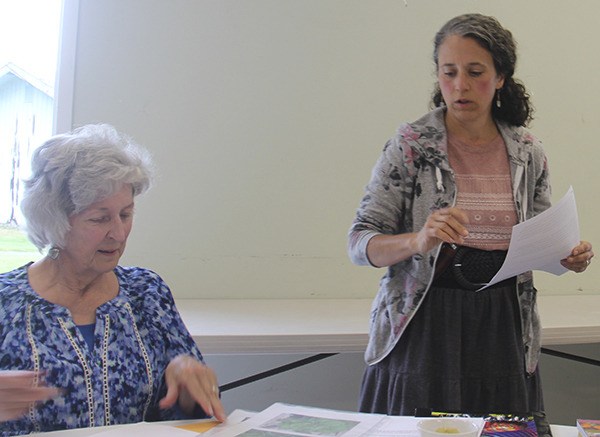Members of the Bogachiel Garden club met Wednesday afternoon, May 18, at the Community Center. Club business included the upcoming plant sale, landscaping at the new Habitat House and the selection of the recipient of the club’s $500 scholarship that will be announced June 6 at Awards Night at the school. Club member Shirley Sharpes shared some of her interesting dried gourds.



